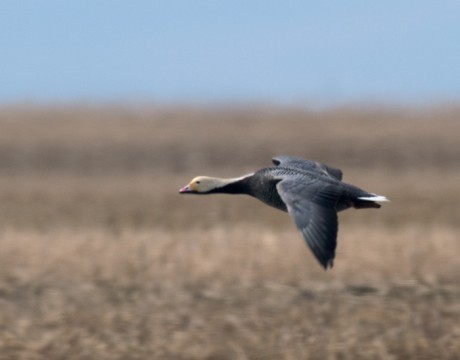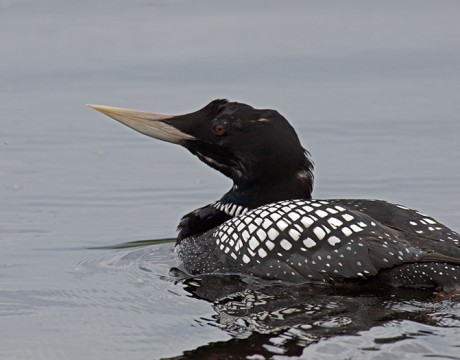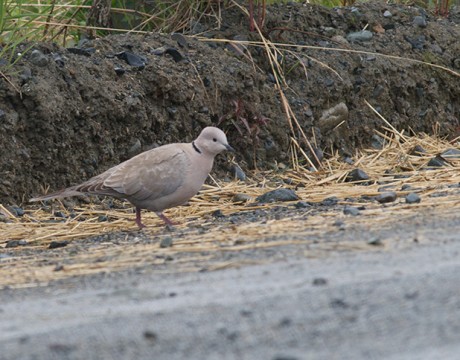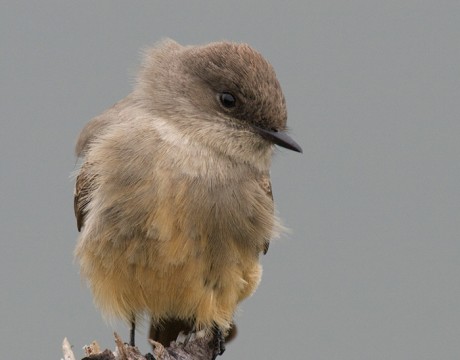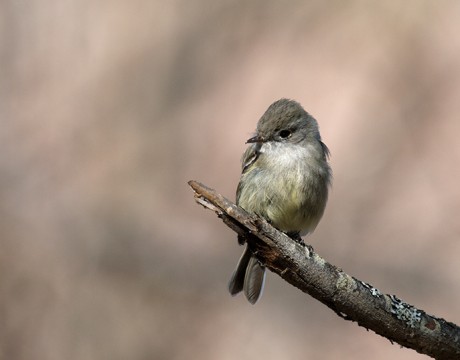Bird of the Week – Emperor Goose
We’ll celebrate the holidays with a Christmas Goose, specifically Emperor Geese. The handsome Emperor Goose nests in the coastal salt marsh habitats of arctic and sub-arctic Alaska and Russia and winters primarily on coastal beaches along ice-free areas of the Aleutian Islands and the Alaska Peninsula and Kodiak Island. Locally known as the “Beach Goose” from its winter habit of roosting and feeding near the water’s edge, the diet of this species consists largely of clams, mussels, and algae when wintering and staging in marine and estuarine habitats. When WC was in the Yukon Delta NWR photographing birds, the spring…
Bird of the Week – Common Loon
The Common Loon is easily the best known of North America’s loon species. The male’s haunting call is a signature sound of lake country. It breeds in Alaska, Canada and the northern edge of the Lower 48. It winters along the in-shore coastline of the Atlantic and Pacific. The populations seem to be stable, but there is real concern that mining activity and tar sands mining are contaminating the water bodies that Common Loons rely upon for nesting, feeding and migration. Because Common Loons are top tier predators in their habitats, they suffer from concentrations of lead and mercury. When you approach…
Bird of the Week – Yellow-billed Loon
The Yellow-billed Loon is the largest loon, and likely the rarest in Alaska. This species’ bill is big, much larger than its cousin’s, the Common Loon. The bill isn’t always yellow; as shown here is is sometime more an ivory color. The Yellow-billed breeds on the Arctic Coast and on the north shores of the Seward Peninsula. It winters off the coast of Alaska, sometimes in large rafts of hundreds or even thousands of birds. In winter plumage, it can be very difficult to tell Yellow-billed Loons from Common Loons. The bill is your best guide, but at a distance…
The Mudflats Holiday Guide
The chaos of Black Friday has passed. The quiet insanity of Cyber Monday has gone by without incident. Now we are officially into the Holiday season, so start looking for the perfect tree, light the first candle on that Menorah and check out this short list of must have Alaska gifts. Some of them are tax deductible, some of them benefit us at the Mudflats but all of them one way or another support Alaska. 1) For just $50 you can get our favorite hoodie and a membership to Cook Inletkeeper! It’s a fantastic gift and includes shipping to where ever you…
Bird of the Week – Red-Throated Loon
The smallest and slenderest of Alaska’s loons, in breeding plumage the Red-throated Loon is a beautiful bird. This species is much better than other loons at taking off, needing a shorter distance. So it is sometimes found breeding on surprisingly small ponds. It breeds inland and on the Arctic Bering Coasts. It winters down the coast in in-shore waters, as far south as southern California. The species is in decline in Alaska, and science doesn’t yet know why. WC has found them to be uncommon breeders on alpine lakes, but always a treat to find. Camera geek stuff: f7.1, 1/320, ISO400….
Bird of the Week – Eurasian Collared-Dove
WC has received complaints that flycatchers are boring, and that readers want to see more unusual birds. All right. How about a Eurasian Collared-Dove at Maclaren River on the Denali Highway? If you look at a range map for this species, you’ll see that officially they barely make it into Canada. Yet this Marco Polo among doves turned up in the mountains of interior Alaska. Here it is picking through straw along the road from a dog musher’s winter camping spot. The species was introduced in the Western Hemisphere in the Bahamas in the 1970s, and has explosively expanded its range to…
Bird of the Week – Say’s Phoebe
One more flycatcher before we move to other birds: the Say’s Phoebe. The most colorful of Alaska’s flycatchers, the dark head and back and cinnamon chest and belly are distinctive. Say’s Phoebes breed on rocky cliff with ledges, but also nest on manmade structures. The outbuildings at Maclaren Lodge on the Denali Highway have hosted an extended family of Say’s Phoebes for many years. You can also find nests under highway bridges in alpine areas. The species is widespread in Alaska, but uncommon. It’s always a treat to find one. Neither of its cousins, the Black and Eastern Phoebe, occur…
Alaskan Reps Weigh In on Syrian Refugees
Even though state and local officials have no actual power over preventing or allowing refugees to be placed in their state – nearly all of them have decided to weigh in on the issue. The 10,000 or so refugees that were originally planned on being brought to the US for temporary placement would go through “13 separate security screenings – at the international, federal and state level – before they are considered for resettlement,” but that doesn’t seem to be enough for some members of the Alaskan delegation. While not a single one of the terrorists that attacked Paris last…
Bird of the Week – Hammond’s Flycatcher
We should all love flycatchers; they eat mosquitoes and other bugs. Among flycatchers, the Hammond’s is famously difficult to identify. Its appearance, behavior and vocalizations are very similar to Gray and Dusky Flycatchers. Happily, neither the Dusky nor Grey Flycatchers are commonly seen in Alaska. So a big-headed, mouse-grey backed flycatcher with a two-toned mandible is probably going to be a Hammond’s. Hammond’s both hawk bugs, flying from a perch, and probe for bugs, working through leaves and small branches. They are among the earliest flycatchers to arrive in the spring. Interior Alaska is northern limit of this species range;…
GOP Parasite TransCanada Finally Shed
The divorce between Alaska and TransCanada became final this week. The Legislature voted to buy TransCanada’s share of a prospective natural gas pipeline from the North Slope. How the state ended up in that shotgun marriage is a lesson in corporate power and Republican legislators’ willingness to kowtow to it. Our story begins with Gov. Sarah Palin’s attempt to encourage a natural gas pipeline. It wasn’t a terrible idea to try to get an independent pipeline company directly involved in the project. When the Legislature passed the Alaska Natural Gasline Inducement Act in 2007, the idea was to incentivize a…





